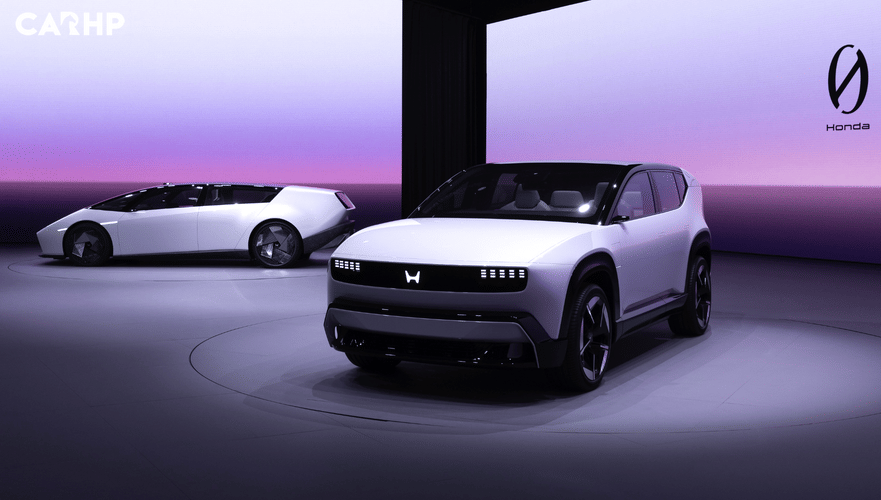Honda 0 SUV
Built around the brand’s “Thin, Light, and Wise” development philosophy, the 0 SUV features a bold, clean design that’s bulkier than the Sedan but retains a dynamic and sporty silhouette. The raked windshield and relatively low roofline give it a coupe-like appearance, while its overall proportions keep it in the crossover category.
A prominent black panel on the front houses pixelated headlights and an illuminated Honda logo, while the large bumper sports a vent to aid in cooling the battery. The black roof adds a two-tone aesthetic, enhancing its modern appeal. At the rear, the U-shaped taillights wrap around a chopped-looking rear end, that reminded me of Kammback styling popular in the 70s and 80s.
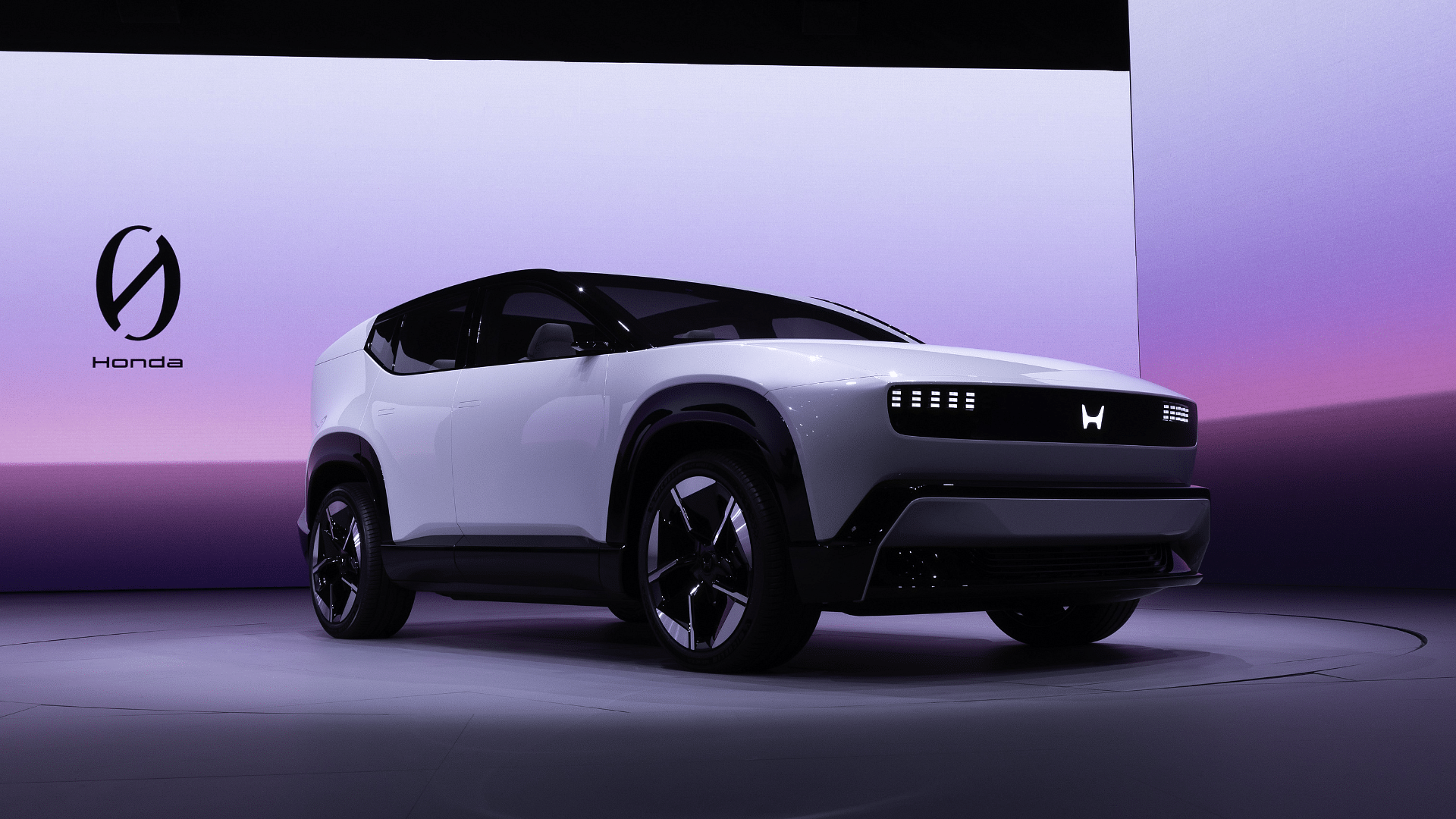
One standout feature is the SUV’s thick D-pillar( or panel, yep, it's that chunky), a unique design choice that offers a more commanding profile. Like the Sedan, the SUV is equipped with side cameras instead of traditional mirrors, which further highlights its forward-thinking design
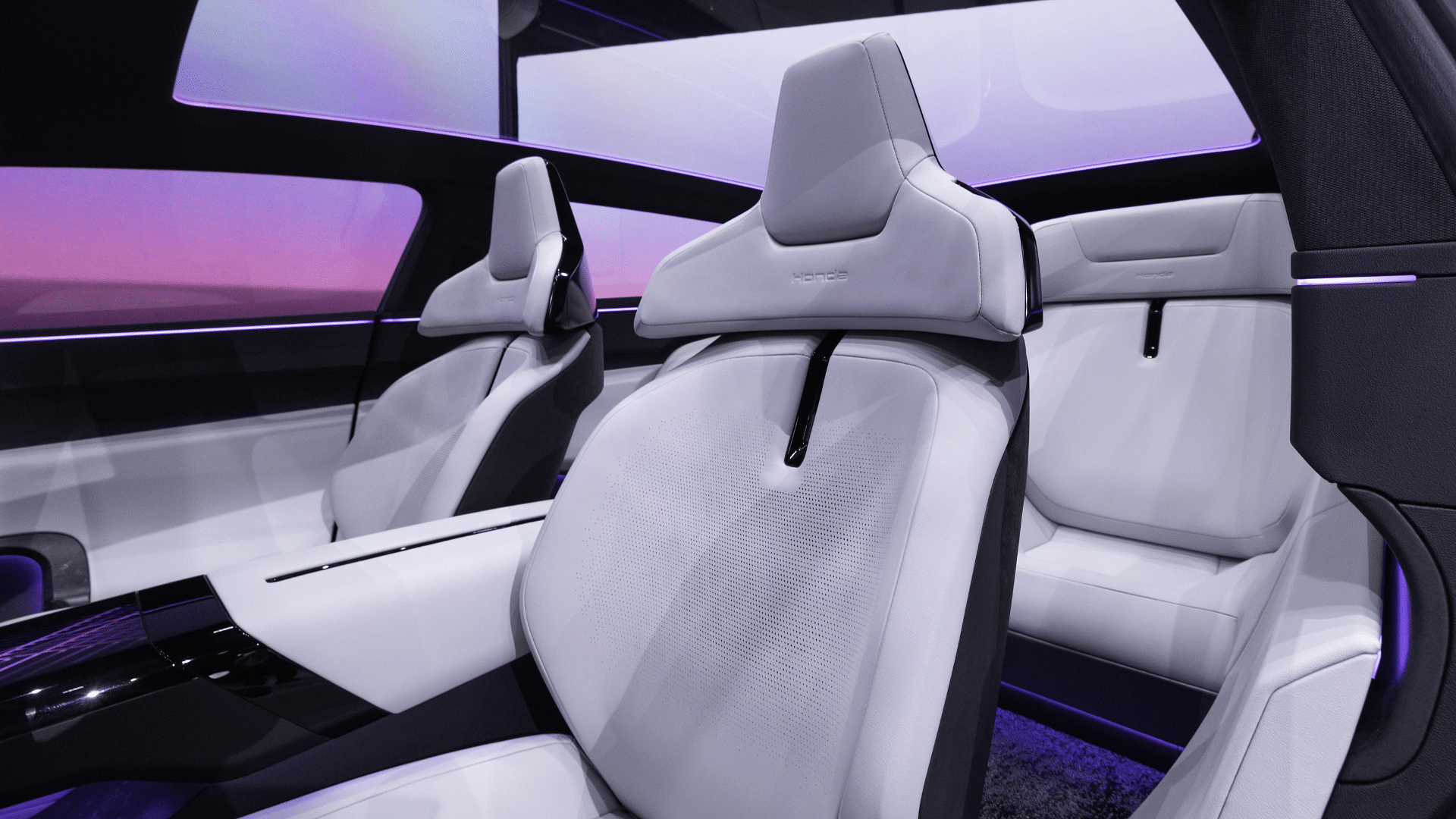
Inside, the 0 SUV has dashboard is dominated by screens, with a digital gauge cluster, a central touchscreen, and dedicated displays for the side cameras’ views. The Zero Twins are full of surprises, and the complete button-less approach that hOnda has taken is a bold part of it. The 0 SUV will also feature a yoke steering and a steer-by-wire system, just like the Cybertruck.
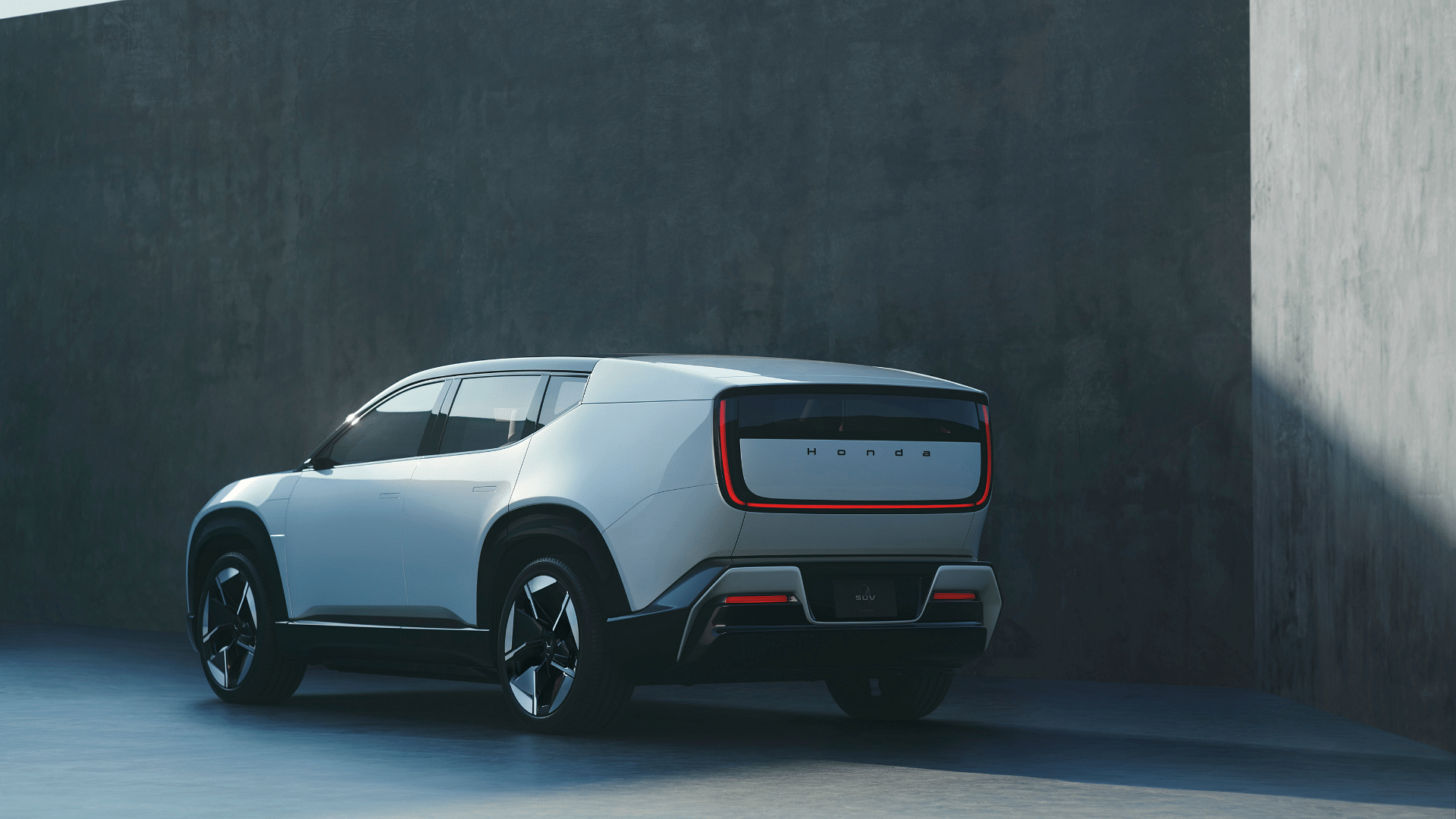
Honda has paid particular attention to passenger comfort in the 0 SUV, with a more production-friendly seating layout compared to the Sedan. The light-colored seats are designed for long-lasting comfort, and there's ample legroom, even in the back. The use of IoT and connected technologies will enable the vehicle to learn user preferences
Honda 0 Sedan
The 0 Sedan’s design remains strikingly similar to its slew of concept-only predecessors, with its low-slung, wedge-shaped silhouette that feels almost like a torpedo on wheels. Despite being futuristic, Honda appears committed to the design’s bold look. The front end features larger headlights with a retracting cover! A blank panel replaces the previous concept’s front-end screen for a more production-friendly approach.
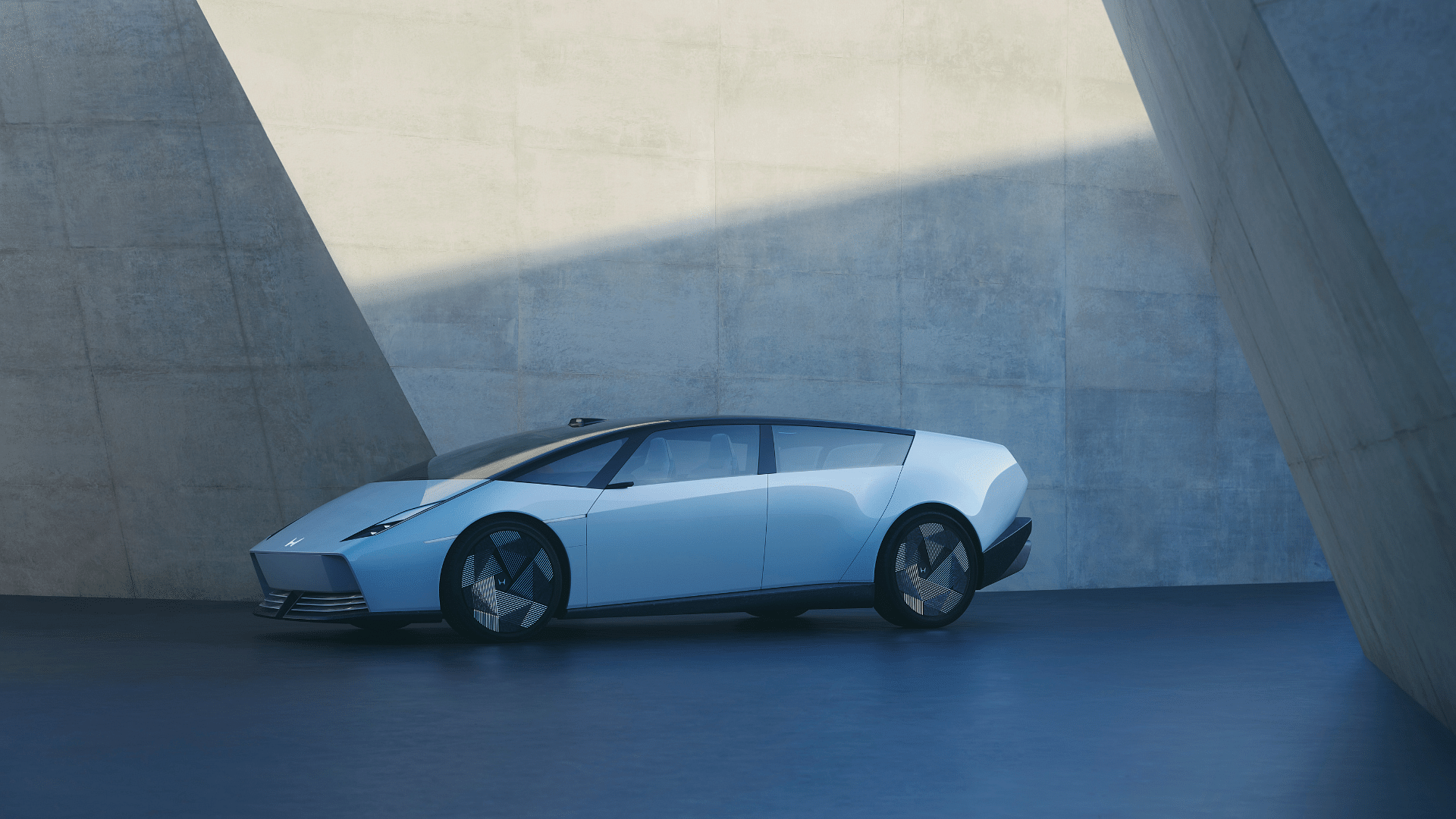
The sides of the 0 Sedan are sleek, with sharply rising windows behind the rear doors, creating a thick D-pillar. Like the SUV, the Sedan sports side cameras in place of traditional side mirrors, enhancing its modern and aerodynamic profile. At the rear, the vehicle showcases Honda’s signature ovoid lighting, a design element that ties the Sedan to the 0-series family.
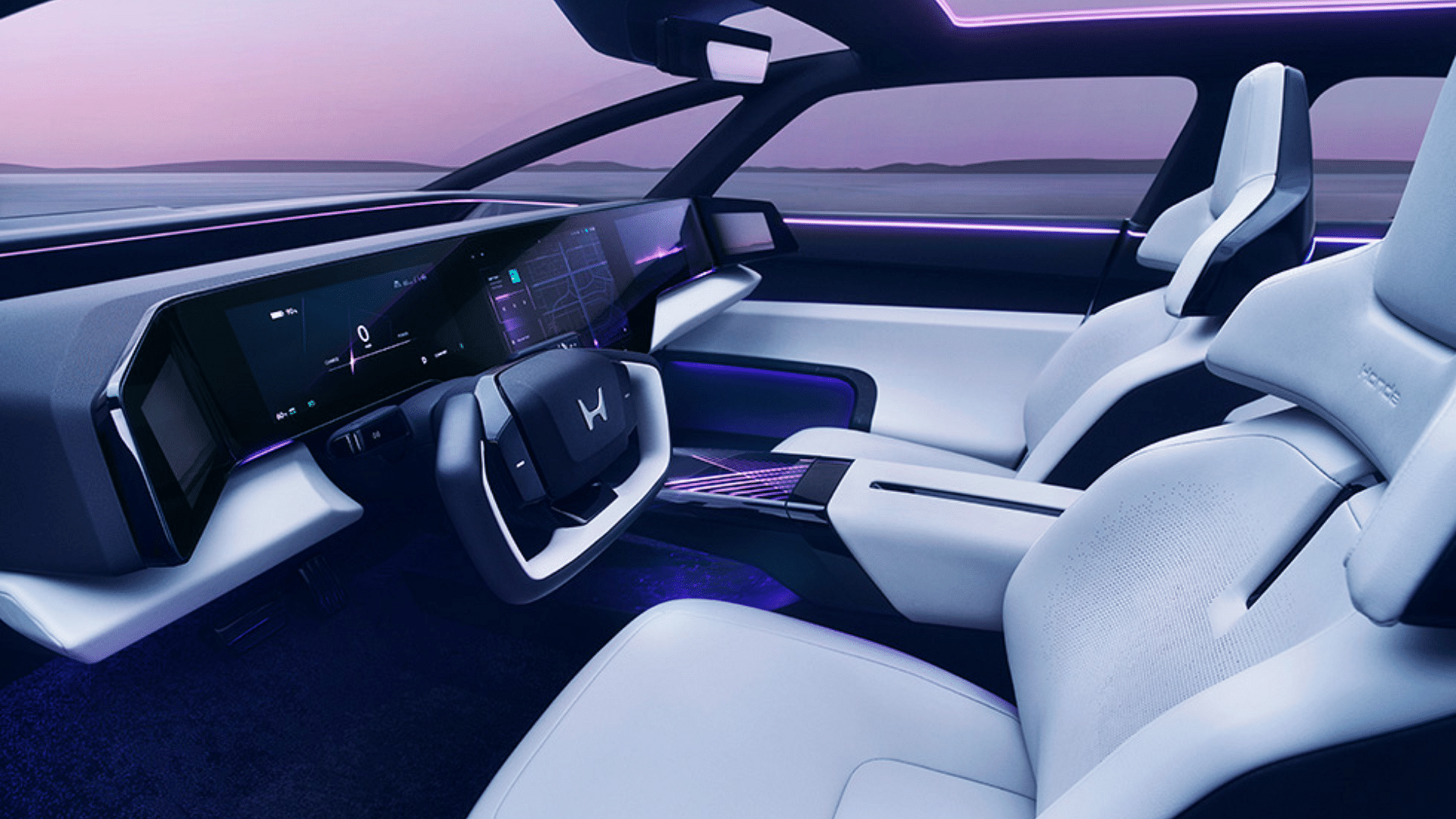
The Honda 0 Sedan has a ditto interior borrowed from its aforementioned SUV sibling with 5 displays and ample occupant space.
The 0 Sedan and SUV will feature rear-wheel-drive and all-wheel-drive options, with a choice of Honda’s electric motors with up to 241 hp, clearly, efficiency is the goal here, not performance. The vehicle will also boast the same thin lithium-ion battery, offering around 300 miles of range, with an emphasis on high-efficiency performance.
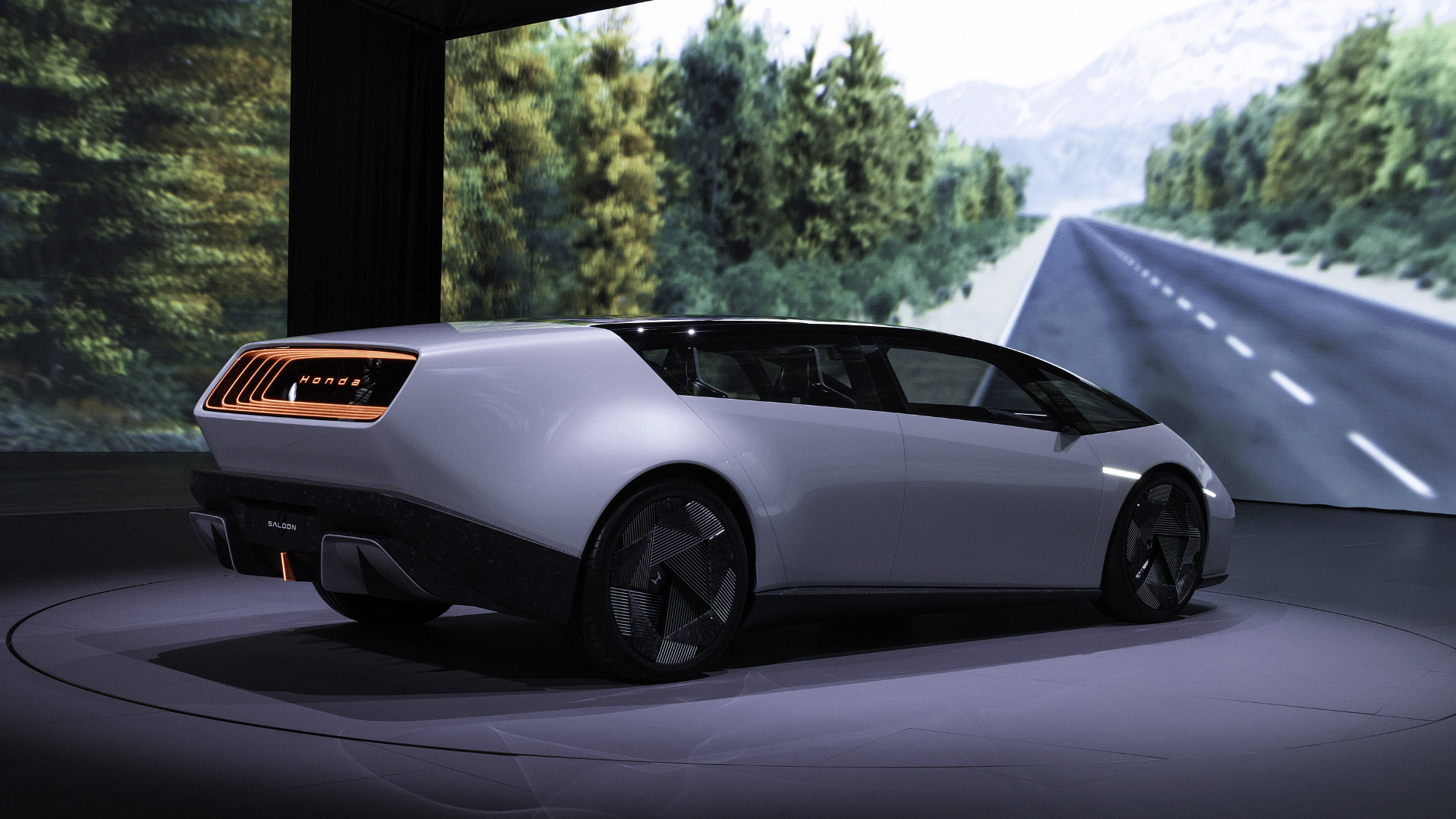
As with the 0 SUV, the Sedan will offer Level 3 autonomous driving capabilities. Initially, this will be limited to highway traffic but will gradually expand to more diverse driving environments as the system develops. The AI-driven system will learn from experienced drivers to navigate a wide variety of driving conditions and will adapt to changes in traffic patterns quickly.
Honda Is Betting Big On The Ecosystem
Both the 0 SUV and 0 Sedan will feature Honda’s next-generation operating system, ASIMO OS, named after the iconic humanoid robot. This operating system will integrate the car’s driver assistance systems with its infotainment features, ensuring that the car’s technology is intuitive, seamless, and ready for future updates.
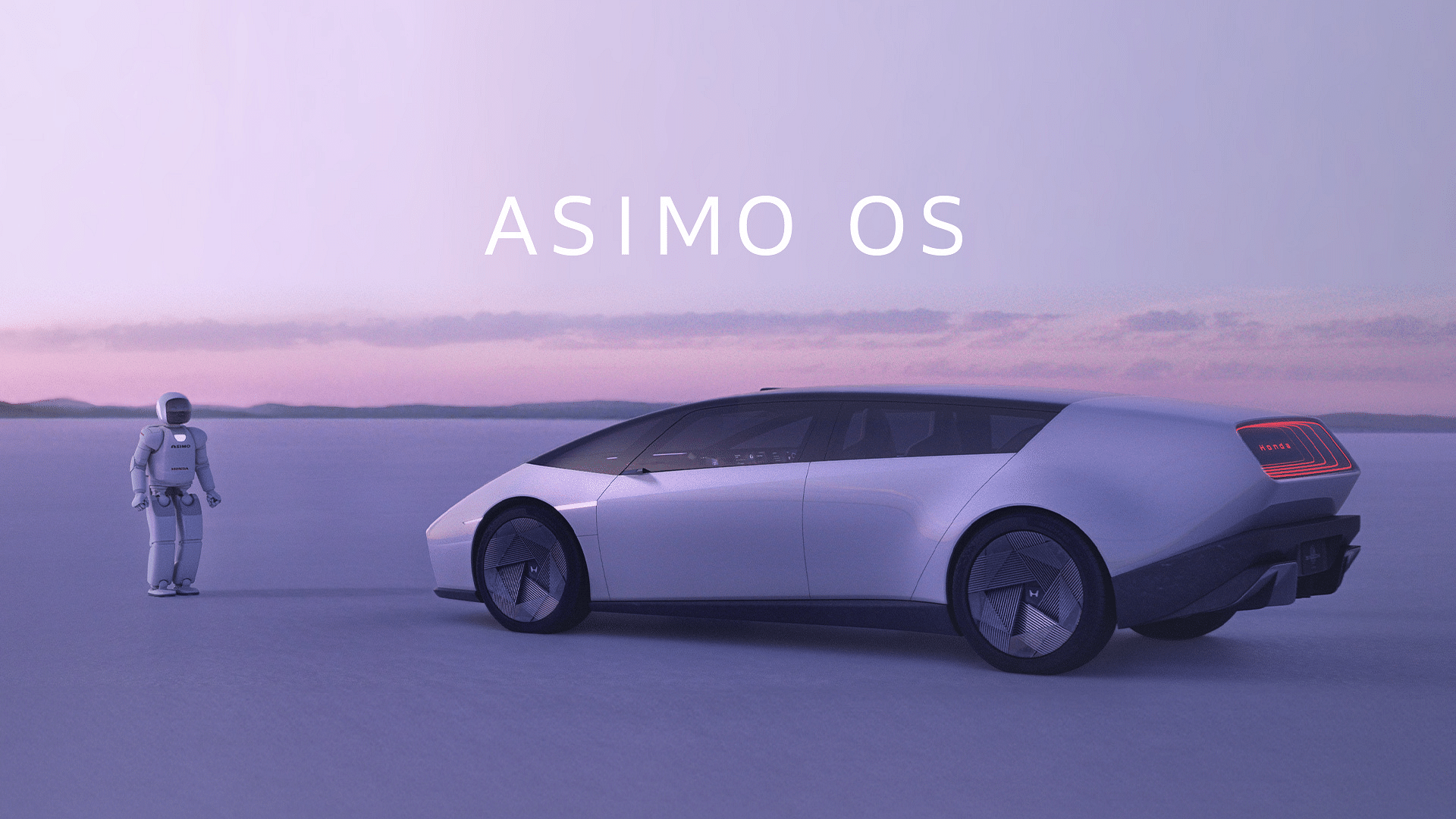
To further enhance the 0-series’ technological offerings, Honda has partnered with semiconductor giant Renesas to develop a high-performance system-on-chip (SoC). This SoC will manage various functions within the car, such as autonomous driving, powertrain control, and in-car comfort systems, all while keeping energy consumption in check.
Honda also announced its plans to roll out a charging network, joining forces with several other automakers under the IONNA initiative. The goal is to have 30,000 charging stations worldwide by 2030. The 0-series vehicles will feature NACS-style charge ports, and with advanced features, the cars will be capable of charging at home during off-peak times and even feeding excess energy back into the grid, allowing owners to earn money while reducing their environmental impact.

